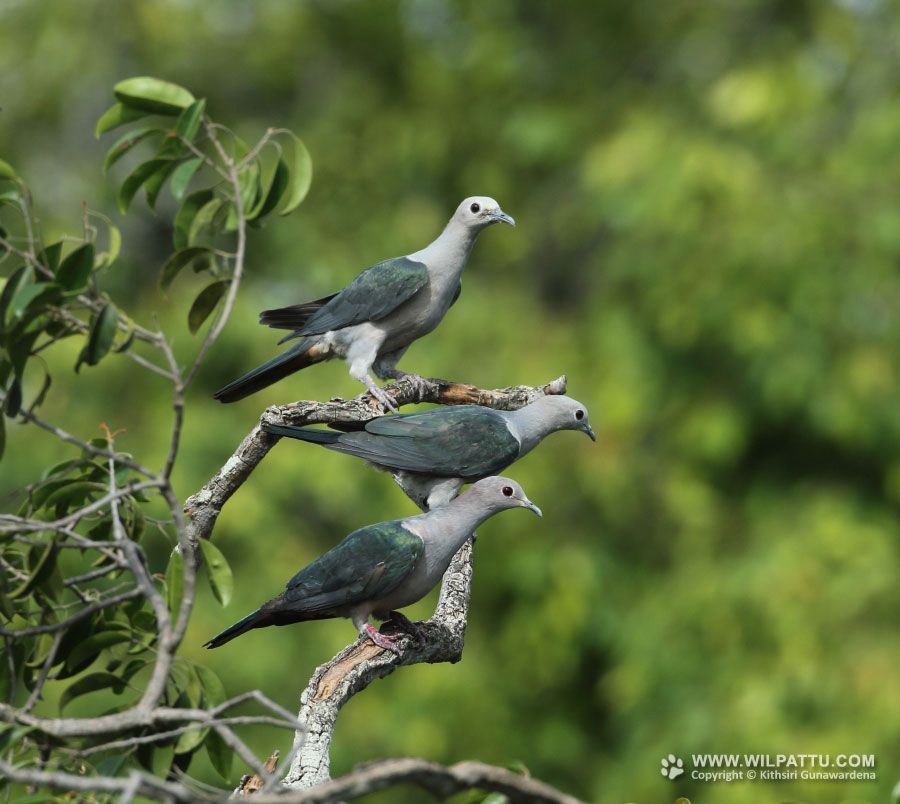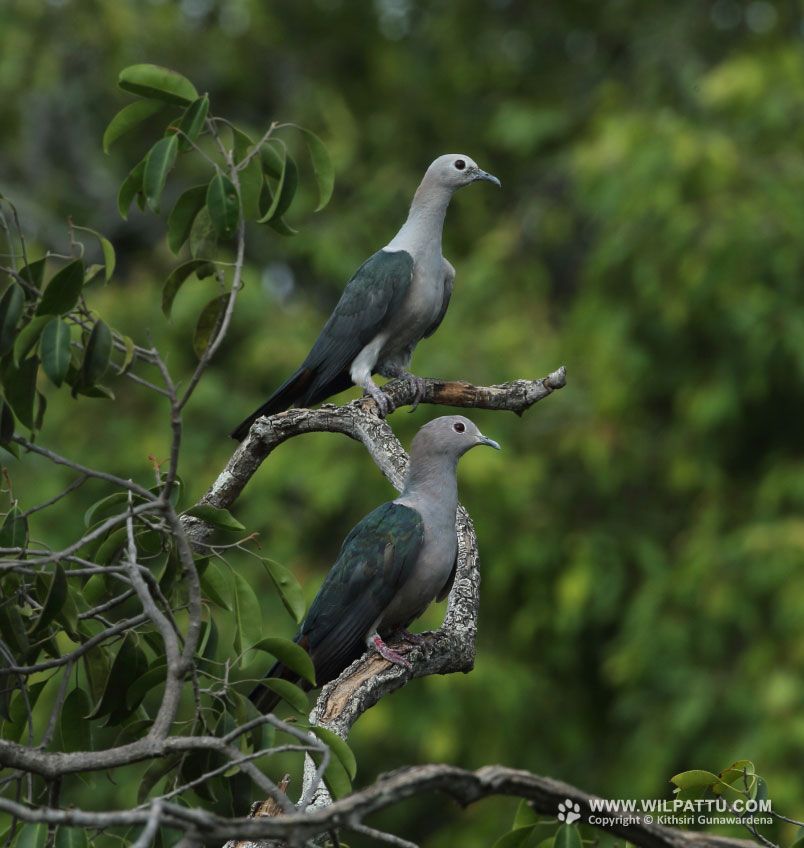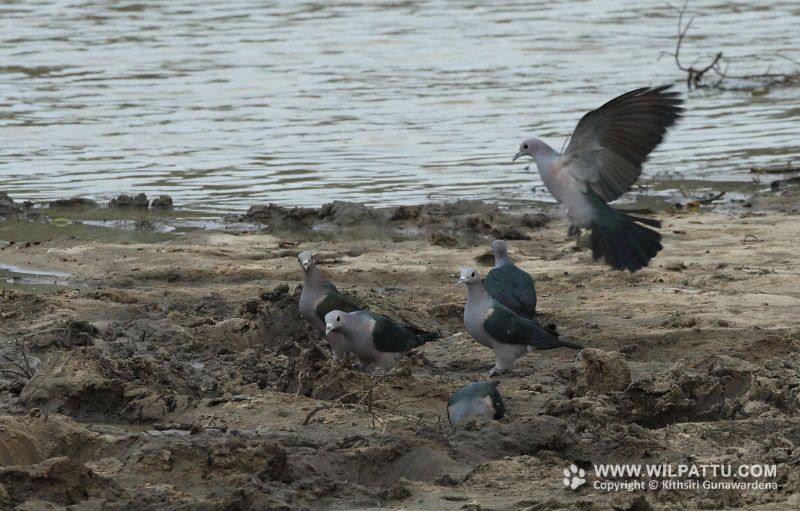
Birds ‹‹ Go Back
This is a breeding resident found in the lowlands and lower hills. It is the largest pigeon species in the country. This species has an extensive range in Asia and is found from India to Indonesia. Nine subspecies have been recognized. Ducula aenea pusilla is found in South India and Sri Lanka.
The conservation status of the species under reference is regarded as Least Concerned (National Red List 2012).
This is a species protected under the Fauna and Flora Protection Ordinance as amended by Act No. 22 of 2009.
I have observed this species throughout the country except in the Mannar Island and the Jaffna Peninsula, up to an altitude of about 600 meters. This is one of the bird species that has become increasingly common throughout its range during the last two decades. Even within its range, it is now observed at localities where it was absent in the past. It has become quite common in areas just outside the city of Colombo and can occasionally be seen even within the city of Colombo. It is common in all the lowland forests as well as well-wooded gardens. The highest altitude at which I have observed this species has been at the Sinharaja Forest Reserve at 602 meters above sea level. These pigeons are capable of making the most unusual calls including croaks and an extraordinary mixture of coos and loud roars. It also has a booming call, which is often uttered towards dusk.
This species usually feeds on many types of fruits and I have observed them feeding on Ficus sp, Madan, Palu and Weera at Wilpattu. They are extremely fond of the flowers of Murunga’ trees Moringa oleifera and will often visit home gardens when these trees are in bloom. During courtship, the males will impress the females by propelling themselves with a few strong strokes and darting vertically up with folded wings.
This is a very common species at Wilpattu and the best time to photograph them is during the dry season (July-September) where they come down to drink. Towards evening they would gather in large numbers on the trees close to one of their favoured watering spots and would fly around until one bird gathers enough courage to fly down to the water’s edge to drink, whereupon the whole flock would fly down to the same spot to drink. Once I observed a very large gathering of about 200 of these birds coming down to drink in the evening, at Kudapatessa.



